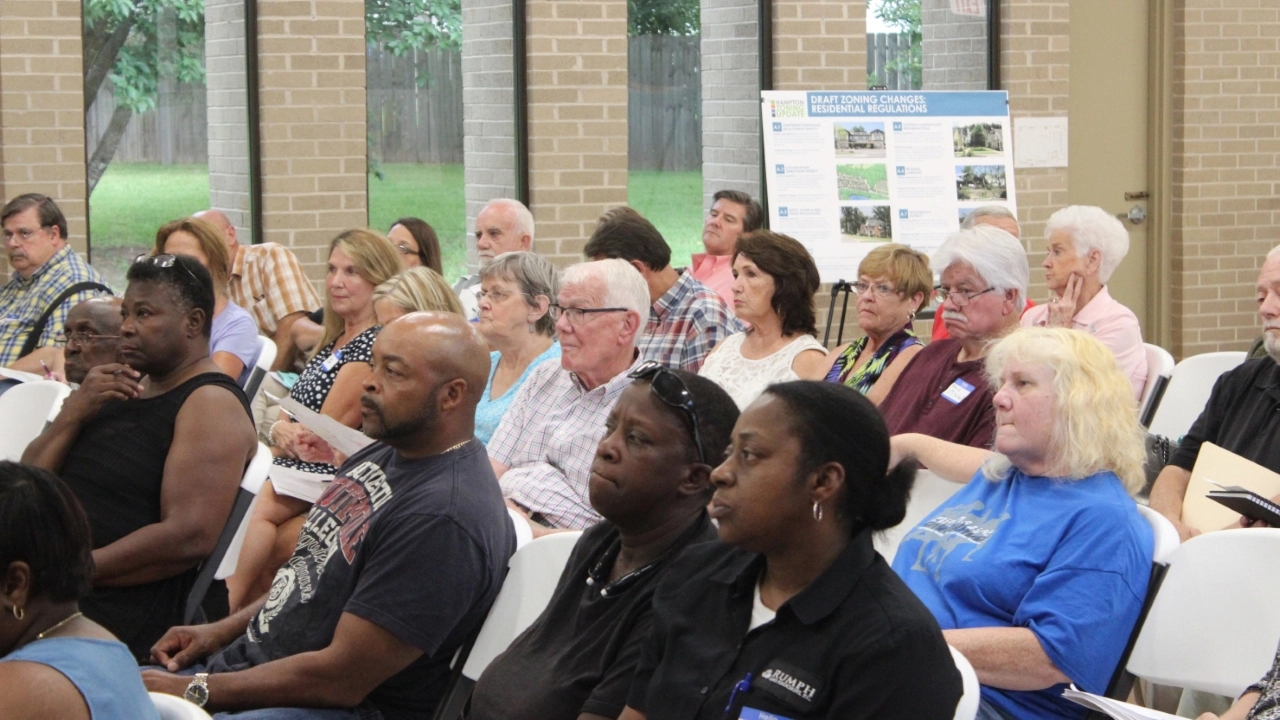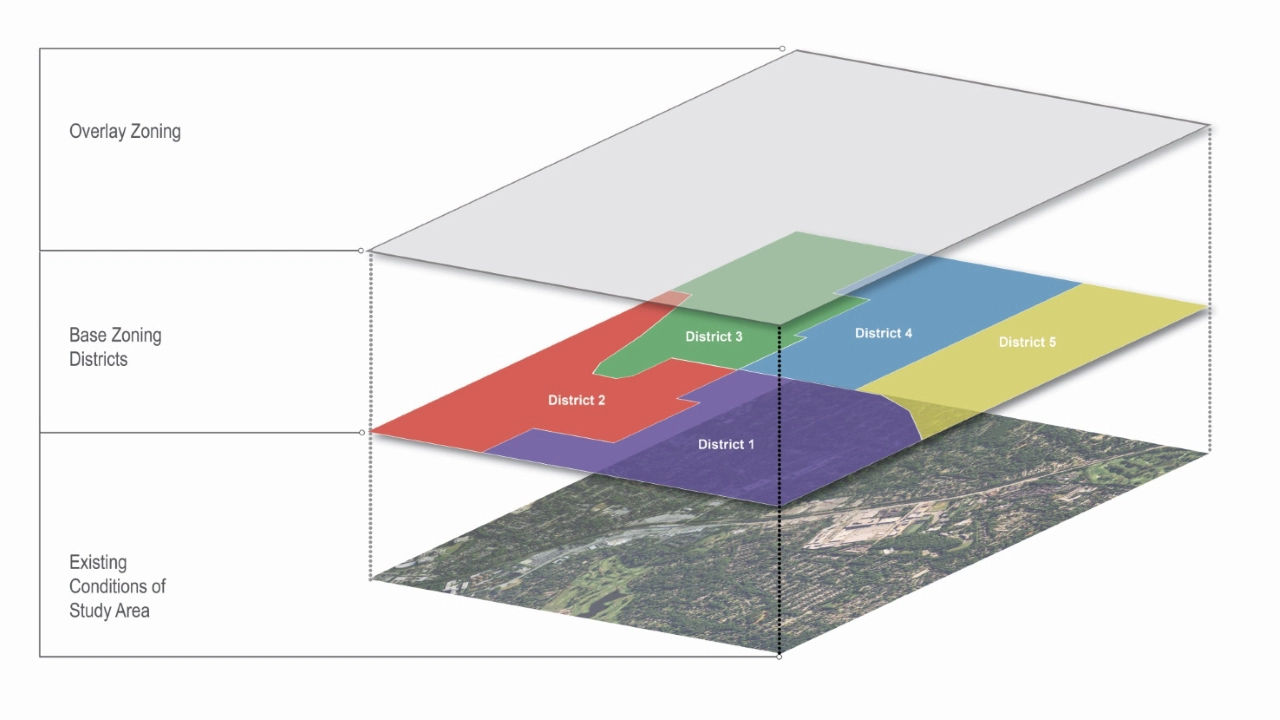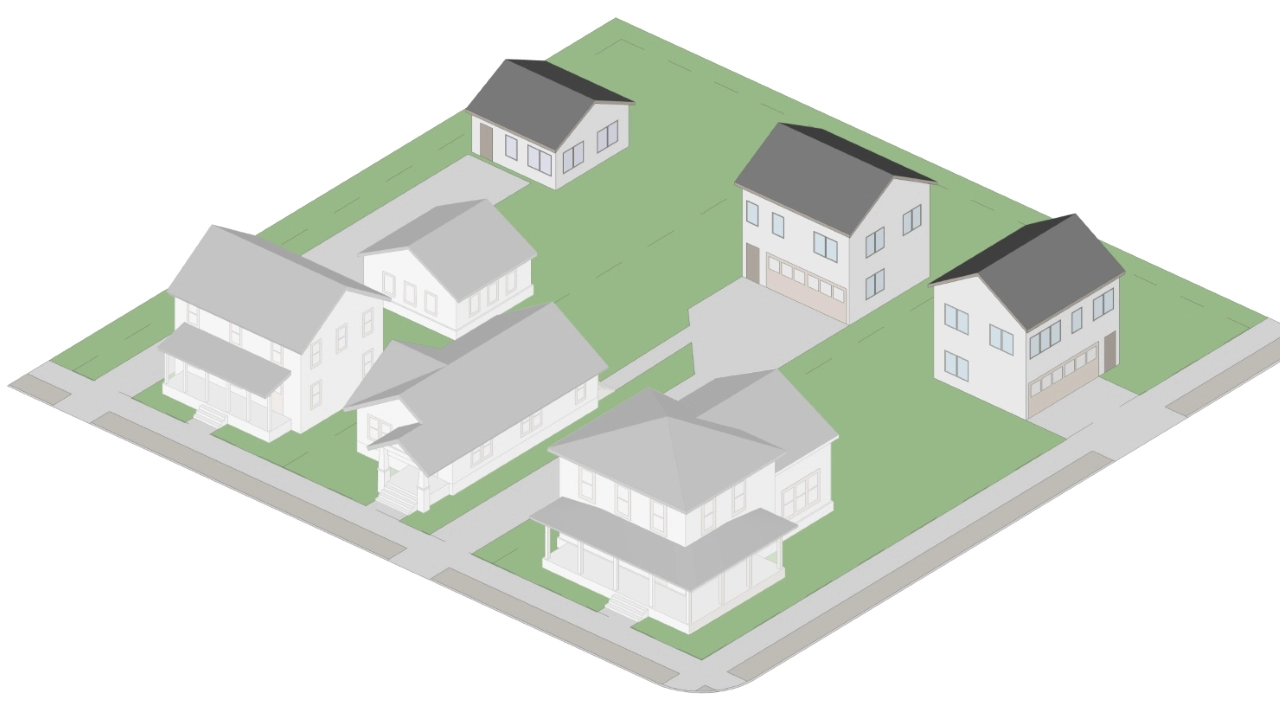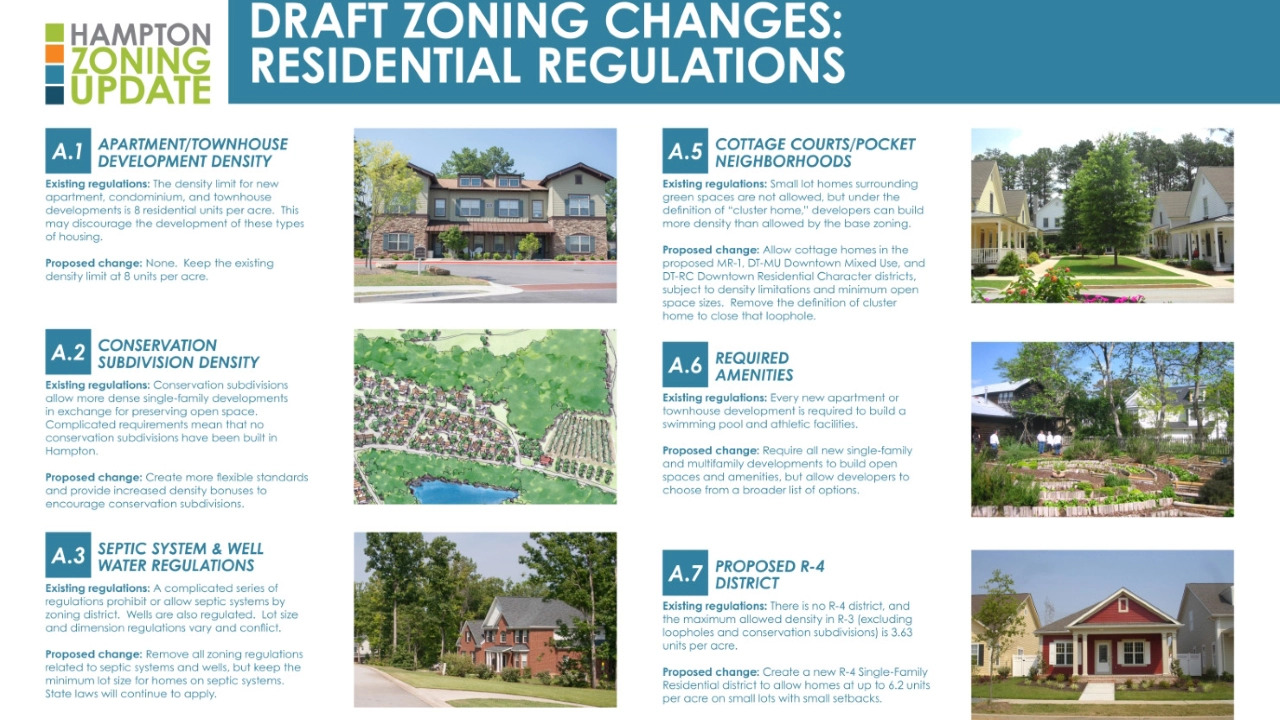Details:
Highlights:
Description:
After TSW completed the Hampton Livable Centers Initiative downtown master plan in 2011, the City of Hampton identified a number of issues with its zoning code that prevented implementation. In 2017, they hired TSW to lead another public process to update the zoning and other related ordinances to ensure that the vision for a mixed-use, walkable downtown could come to fruition.
As a small town, Hampton wanted to focus density in its downtown, while ensuring that commercial development along its major highways was also walkable and aesthetically compatible with local history. To achieve this, TSW conducted several interactive public meetings to solicit feedback on policy issues related to the code and conducted a series of interviews with local stakeholders to be sure that the needs of all parties were met, including the city government, county government (which administers the code), developers, and citizens.
The new code included several key elements that were aimed at creating a mixed-use and walkable downtown, including:
These changes to the zoning code were aimed at creating a more livable and sustainable downtown area, while also ensuring that the needs of all stakeholders were met. The new code is expected to be more user-friendly and will help to bring the vision for a mixed-use, walkable downtown to fruition. With the new code in place, developers will have a clear set of guidelines for building in the downtown area, and the city will be able to ensure that new development is in line with the community’s vision and goals.




